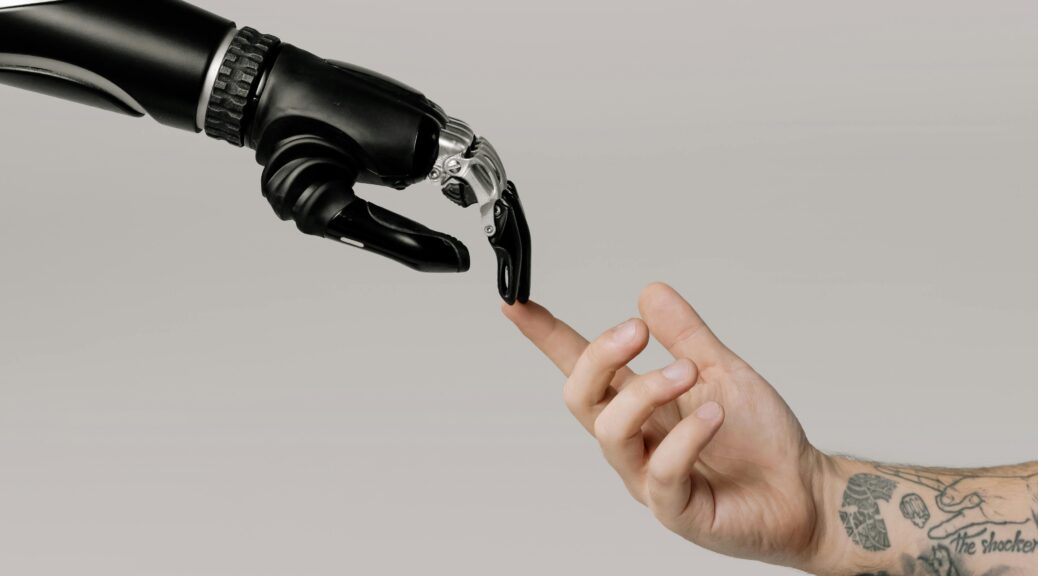When it comes to who is the “customer”, many ITSM implementations are simply confused. And this confusion is why ITSM is failing your customers.
Some IT organizations think the “customer” is someone that contacts a service desk. Others think the “customer” is someone who defines the requirements for a service. But that definition quickly fades once the implementation project is completed and the project sponsor resumes their normal duties. Still other ITSM implementations ignore identifying the “customer”, as these implementations feel that it isn’t necessary to define services in terms of business value and business results.
I recently completed a Humanising IT™ [i] masterclass led by Katrina MacDermid and Wesley Eugene. During that class, we discussed how so many ITSM implementations, despite the best of intentions, fall into the “who is the customer?” trap. The Humanising IT approach cuts through this confusion with a simple, but powerful, distinction between the roles of the customer and the user[ii]. The customer is the person deriving value from business services. The user is the person using technology to deliver value to the customer.
Taking this concept of user and customer one step further renders an interesting proposition. IT delivers products and services to a user, who then delivers business value and results to a customer. Is this the reason ITSM is failing your customers?
Why ITSM implementations often fail customers
I must admit that this is a different interpretation of the customer and user roles than I’ve typically followed. However, it could explain how many ITSM implementations have missed the mark when it comes to delivering business value and business results. As I’ve said before, many ITSM implementations are about managing IT, not about delivering or enabling business outcomes. What could be possible if ITSM implementations shifted focus externally to the humans that use the services provided by the business?
But many ITSM implementations – many IT organizations – haven’t focused on the humans that use the products and services provided by the business. In fact, the products and services that IT delivers are often not built or delivered with humans in mind. Procedures used by IT are often IT-focused, not business-focused. The performance targets and measures for these products and services are defined by IT, not by the people that use the products and services. IT designs products focused on technology “wow factors” (as defined by IT) and less on the people that will be using them.
And because the focus is on IT, and not on the customer, the associated ITSM implementation is basically used to set expectations for the user. Even in that situation, those expectations are defined by IT, usually with little to no input or agreement from users.
How human-centered design can help
The correlation between employee (or user) experience and customer experience has been long established: when organizations enable better experiences for employees (“users”), employees in turn provide better experiences for customers.
When employees feel valued, engaged, empowered, and supported, they are more likely to go the “extra mile” for customers. When employees have the right technologies and solutions, they can resolve customer issues quickly and creatively. Positive employee experiences foster empathy and collaboration, which employees pass on to customers.
What are some things that IT organizations can do to enable a better user experience?
For IT, this means providing users with intuitive and streamlined processes, systems, and products, built with the user in mind. This means listening – and acting on – user feedback. This means providing empathetic support of users.
In other words, make the experience with IT a humanized experience. And the best way for IT to deliver a humanized experience for the user is to include the user as part of the development of solution designs – a core principle of human-centered design.
But getting users involved in solution design is often not so easy. First, it requires a mindset shift within IT to focus first on solving problems, not implementing solutions and technology. Convincing non-IT managers to participate in solution design and decision making can be a challenge. Many non-IT managers are reluctant to allocate resources without a clear return on investment or to take ownership of solution designs. IT often struggles to communicate in non-technical terms, and users often lack the technical understanding needed to contribute to solution design discussions. This results in communication gaps, making it difficult to translate user needs into technology requirements. There are often differences in priorities between IT and users; what’s important to IT may not have the same weight with users. Finally, an organization’s culture may get in the way. If an organization values traditional, hierarchical structures and predictable outcomes, the organization may be hesitant to have users participate in solution designs as it can introduce expected feedback or challenging of existing assumptions.
Three things IT (and ITSM) can do to stop failing the customer
Here are three actions that IT – and ITSM – organizations can take to stop failing the customer.
- Cultivate an “experience” culture – Promote a culture that values and celebrates collaboration, empathy, and continual learning[iii]. Culture change happens a step at a time, so persistence pays off. When users participate in a solution design, publicize it. Share what was learned. Talk about how the new solution enabled positive employee experiences.
- Map the internal user journey – An internal user journey map is a visual representation of how employees interact within an organization, including the user’s actions, thoughts, and emotions. From an ITSM perspective, identify when users interact with IT systems, processes, and tools to achieve a specific result. Doing this will identify pain points and improvement opportunities with those systems, processes, and tools.
- Map the customer journey – Like an internal user journey map, a customer journey map depicts how customers interact with an organization, from initial awareness to post-purchased. Like an internal user journey map, the customer journey map will help identify improvement opportunities for the organization. But the benefit doesn’t stop there for IT and ITSM. Not only does this help IT (and related ITSM practices) understand the customer journey, but also helps IT develop empathy regarding user and customer interactions.
As organizations continue to journey further into the digital economy, a humanized customer experience will become a competitive differentiator. IT organizations, and their associated ITSM implementations, must embrace the benefits of adopting human-centered design in developing solutions. Involving users in solution development results in more humanized outcomes that improve both the employee and customer experiences.
[i] Humanising IT is a trademark of HIT Global.
[ii] Katrina Macdermid, “Human-centred design for IT service management”, Norwich, TSO, 2022, p. 30.
[iii] “Engaged employees Transform Customer Experience. Here’s Why”, https://www.reworked.co/employee-experience/engaged-employees-transform-customer-experience-heres-why/ Retrieved June, 2025.
Share





